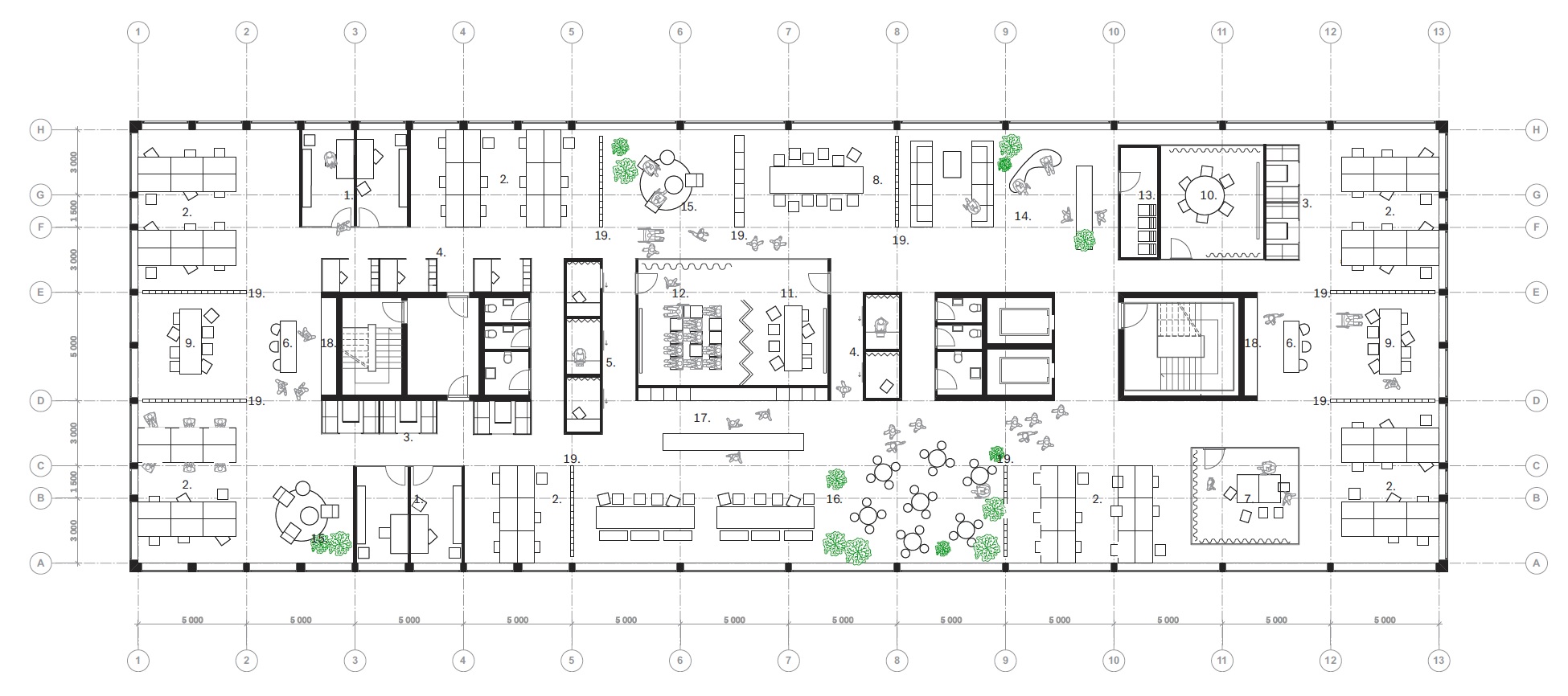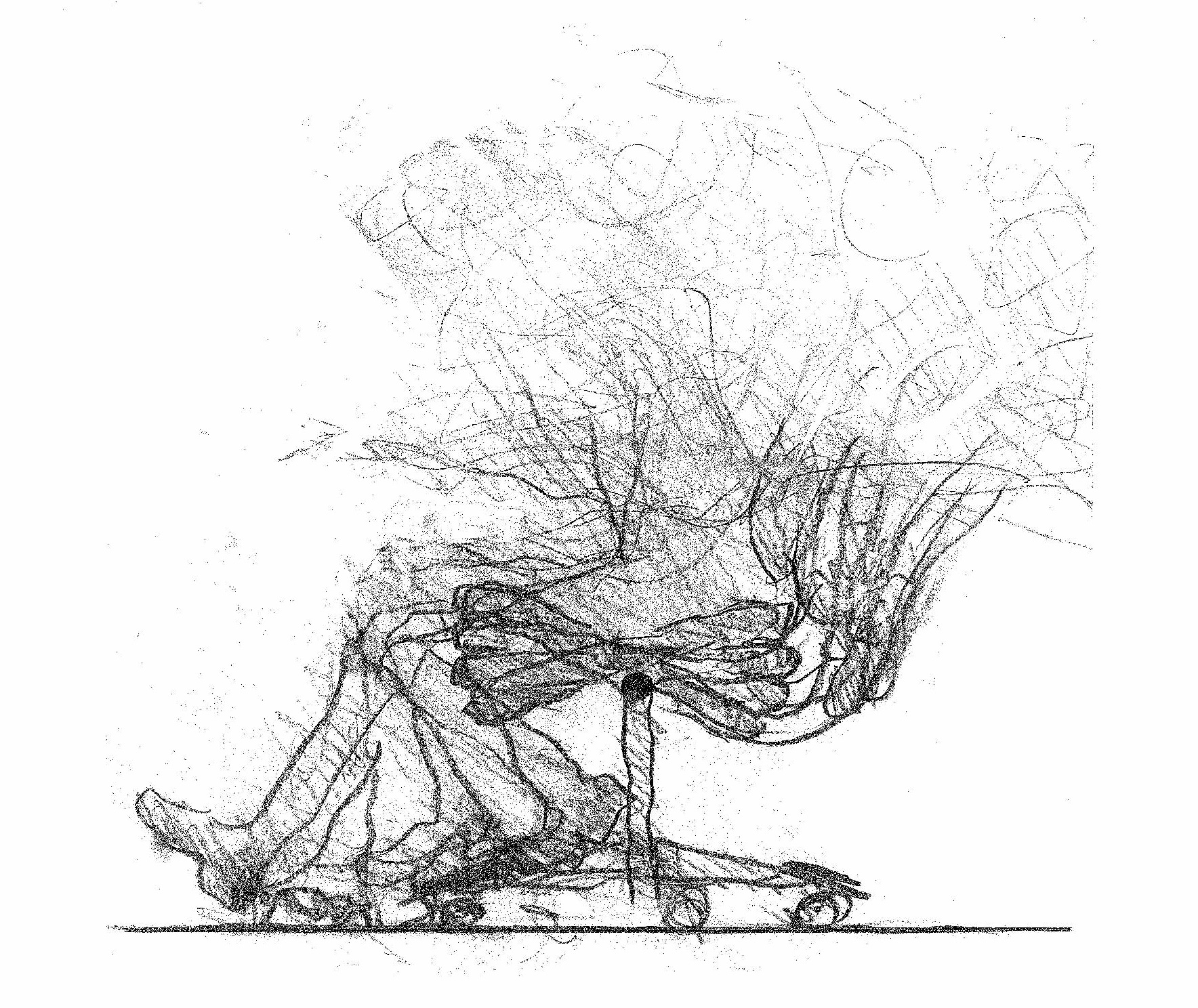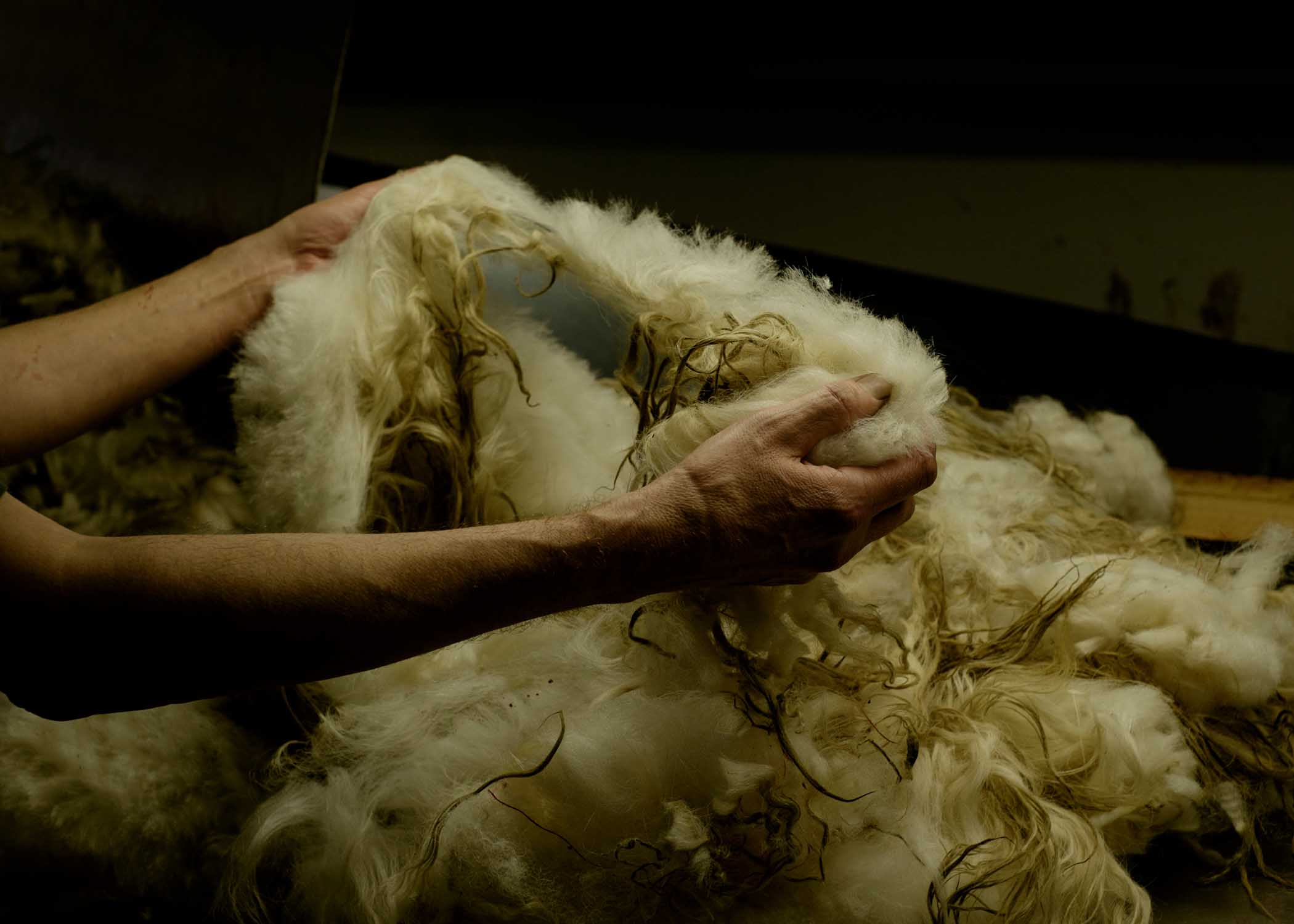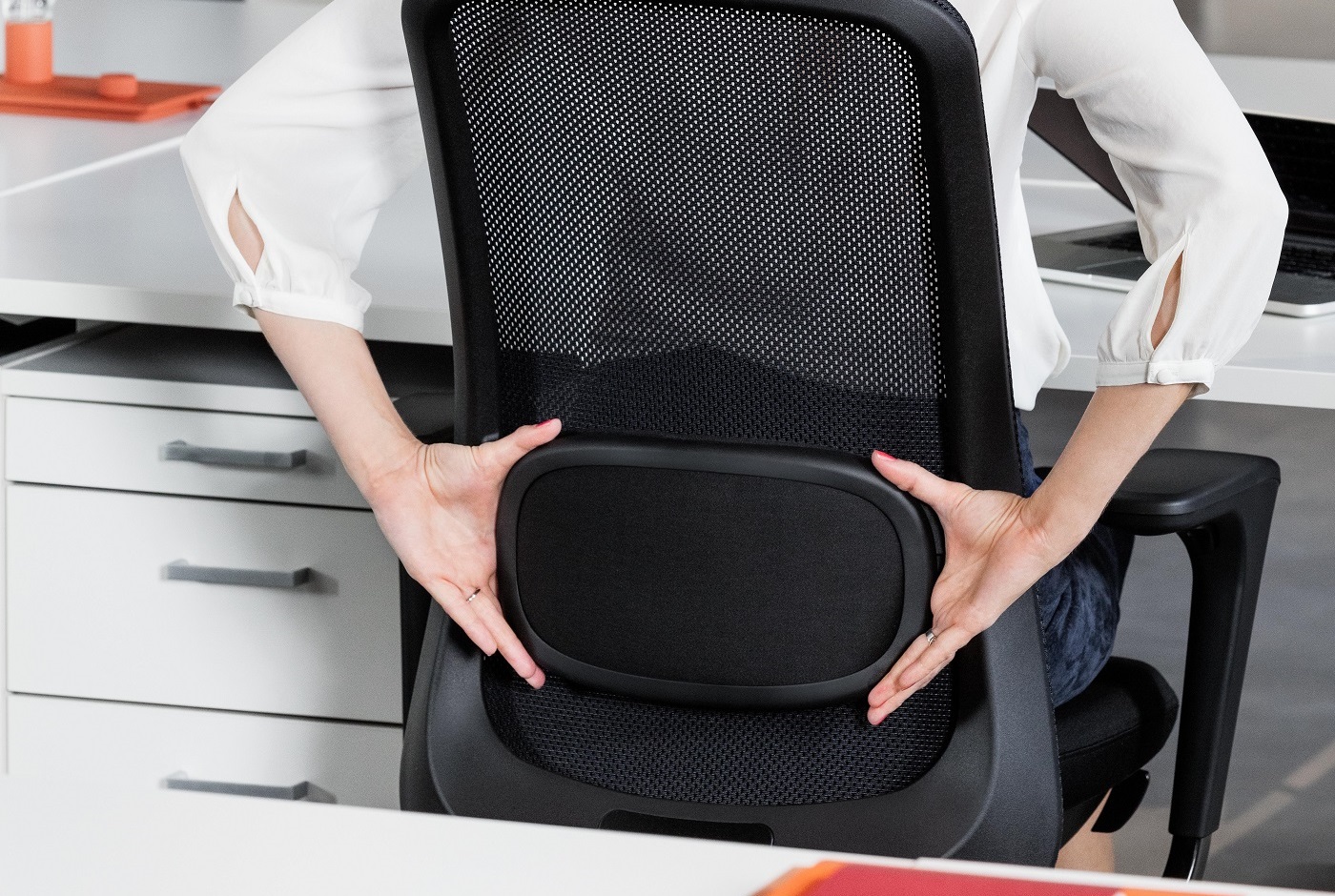When we design furniture, we look closely at human needs, particularly within the context of day-to-day activities that take place.
Our goal is to make furniture that provides a positive experience for every user. Be it in the workplace or the home, we make sure that everyone can understand the benefits of our designs, and can clearly see how they are intended to be used.
To achieve that goal we have identified four key criteria that we consider in all of our designs.




![RH_Mereo_family_models_6[ppt]](https://www.flokk.com/hubfs/social-suggested-images/RH_Mereo_family_models_6%5Bppt%5D.jpg)